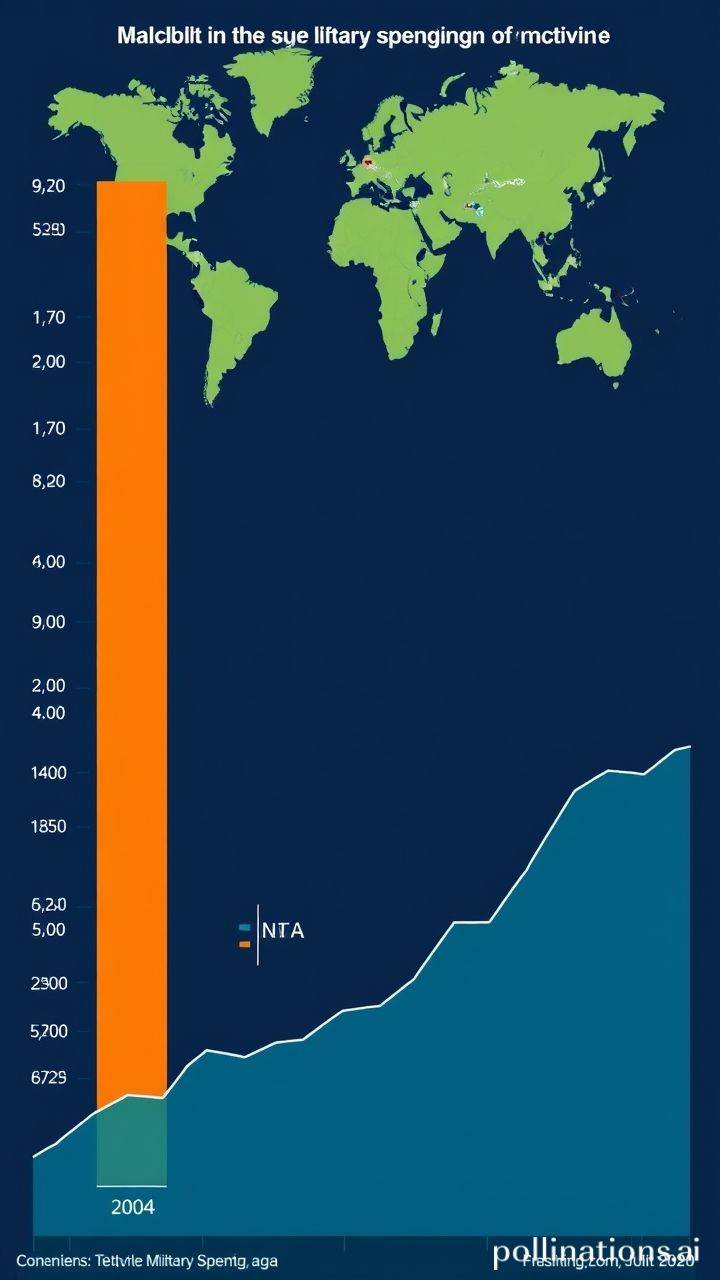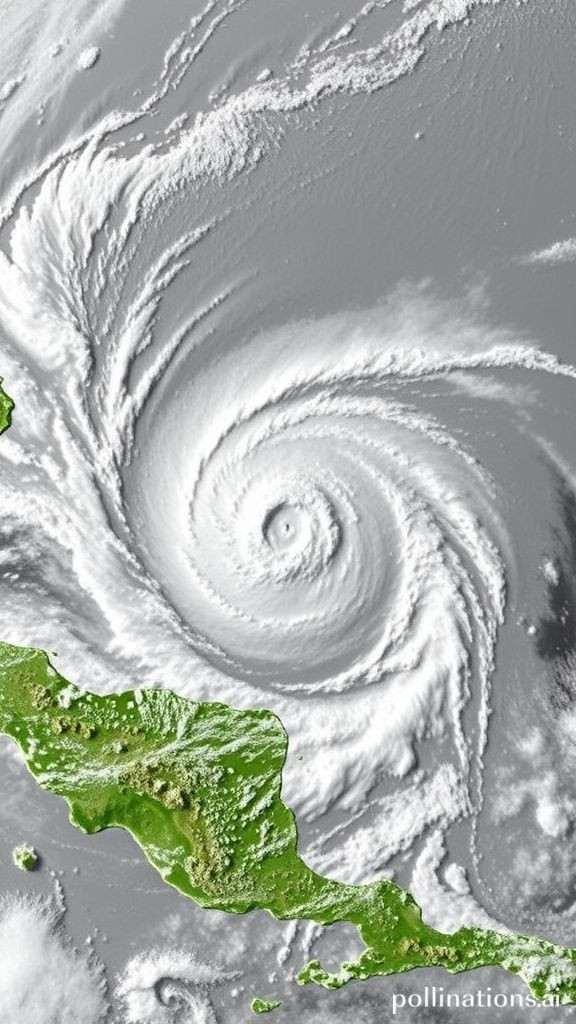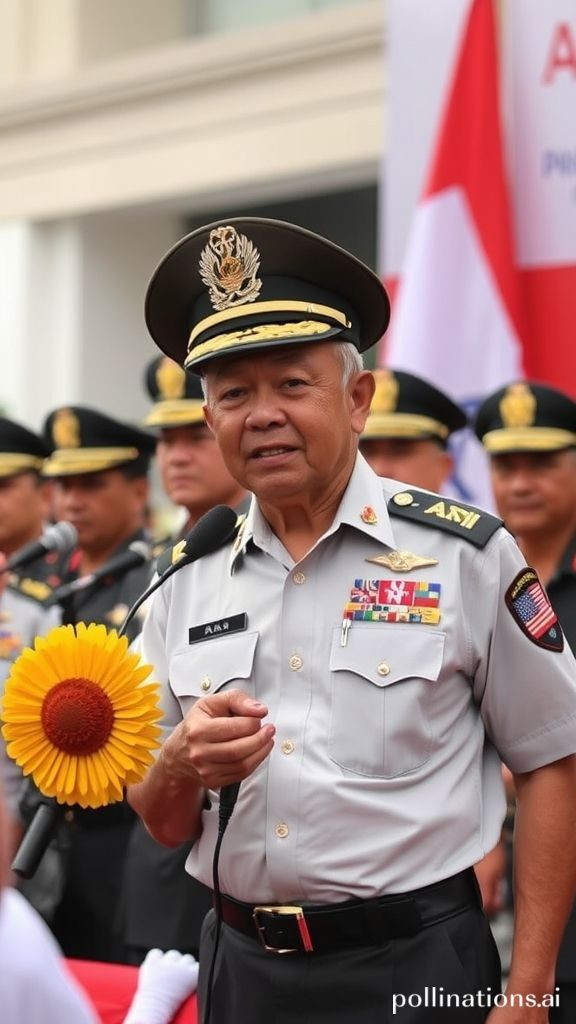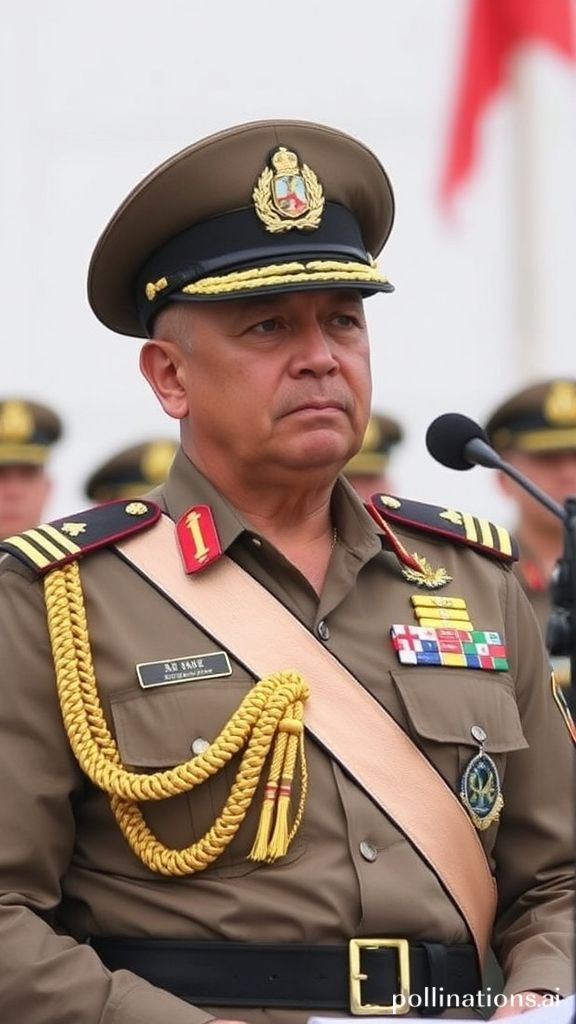
Conflicts spur steep rise in military spending worldwide
Conflicts spur steep rise in military spending worldwide

The Role of Conflicts in Spurring a Steep Rise in Military Spending Worldwide
A recent report by the Stockholm International Peace Research Institute (SIPRI) reveals that global military expenditure saw its steepest rise since the end of the Cold War, reaching an astonishing $2.7 trillion in 2024. This unprecedented surge is largely attributed to rising tensions and wars around the world.
Global Military Spending on the Rise
Military spending rose worldwide, with significant increases observed in Europe and the Middle East. In real terms, global military expenditure increased by 9.4 percent compared to 2023, marking the 10th consecutive year of growth.
European and Middle Eastern Increases
Several European countries experienced unprecedented rises in their military spending, while the Middle East saw a notable increase of 15 percent to an estimated $243 billion. Israel's military expenditure surged by 65 percent to $46.5 billion, representing the steepest annual increase since the Six-Day War in 1967.
China's Military Growth
As the world's second-largest spender, China increased its military budget by 7.0 percent to an estimated $314 billion, marking three decades of consecutive growth. China accounted for half of all military spending in Asia and Oceania, as it invests in modernizing its military and expansion of cyberwarfare capabilities and nuclear arsenal.
Russia's Rise
Russia's military expenditure reached $693 billion, a 17 percent increase on the previous year and a doubling since 2015. European countries, with the exception of Malta, expanded their budgets, pushing European military spending beyond the level recorded at the end of the Cold War.
Implications for Countries
The rise in military spending has far-reaching implications for countries. According to Xiao Liang, a researcher with SIPRI, Countries have to make trade-offs in their budgetary decisions. Many European countries are cutting other spending like international aid to fund the increase in military spending, while others are trying to raise taxes or rely on loans or debt.
Socioeconomic and Political Impact
The increased military spending will have significant socioeconomic and political implications. As Liang notes, This really speaks to the heightened geopolitical tensions. The spending increase is likely to have a profound impact on countries' budgets, economies, and societies.
NATO Countries' Military Spending
Total military spending by the 32 members of NATO rose to $1.5 trillion as all members increased their spending. Eighteen out of the 32 NATO countries reached the two-percent GDP spending target, which is the highest since the founding of the alliance.
Conclusion
The steep rise in global military spending serves as a stark reminder of the heightened tensions and conflicts around the world. As countries continue to prioritize military expenditure, it is essential to consider the profound socioeconomic and political implications on their budgets, economies, and societies.
I made the following changes
1. Improved tone The language is now more formal and professional.
2. Grammar and punctuation I corrected any grammatical errors and ensured proper punctuation throughout the text.
3. Readability I broke up long paragraphs into shorter ones to improve readability and flow.
4. Clarity I rephrased some sentences for better clarity and concision.
5. Consistency I maintained a consistent tone, voice, and style throughout the blog post.
Let me know if you have any further requests!






